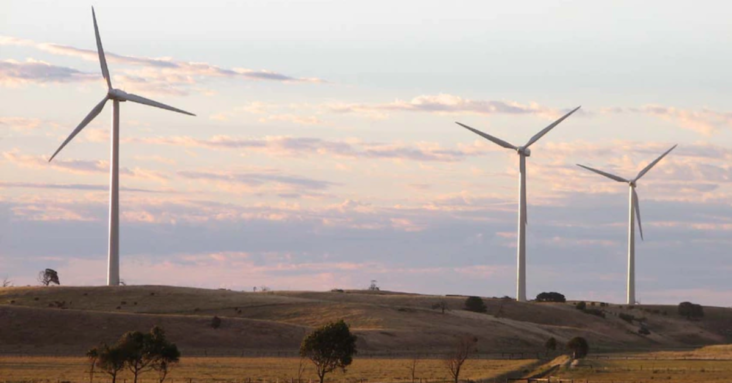
Researchers from the University of South Australia are urging renewable energy companies in the state to come up with an end-of-life plan for their ageing wind turbines.
A study led by Professor Peter Majewski indicated that tens of thousands of old turbines could end up in landfill by the end of the decade.
Worldwide, there could be more than 40 million tonnes of blade waste in landfills by 2050.
Wind turbines have life span of 10 to 20 years and are expensive to break down due to their size and the fact they are made from a mixture of composite materials including glass fibre, carbon fibre, polyester and epoxy resins.
Professor Majewski said the turbines could be recycled but it was yet to become a lucrative business.
“The key problem is there is not a lot of money in it, so recyclers don’t have a huge income stream,” he said.
“We need the government to provide incentives for energy companies.”
He said the government needed to encourage recycling or find ways to convince the industry to think about different designs of wind turbines.
The local plan
Tilt Renewables, who have been operating the Snowtown Wind Farm since 2008, said they were monitoring decommissioning practices across the country and internationally.
A Tilt spokesperson said its turbines had a recyclability rate of 87.5 per cent.
“Current technologies for wind turbine generator blades require a complex recycling process for recovery due to their materials,” the spokesperson said.
“The purpose is to separate the polymer resin and fibre composites and once they’re separated, the resins are usually used for energy production while the fibre composites can be reused or recycled.”
The spokesperson said Germany had the world’s only industrial-scale factory for reprocessing wind turbine blades and they dealt with up to 60,000 tonnes of blades per year.
“Recycling processes evolve quickly and the market is expected to expand in Australia as wind farms reach the end of their life expectancy in coming years,” the spokesperson said.
A mixture of solutions
Internationally, the turbines have been recycled for several useful products, but it has only been done at a small-scale level.
Glass fibres from the blades can be extracted so it can be recycled into cement.
Energy companies in Denmark have used old turbines to construct bus stop shelters and playground equipment.
“You can only build so many bus shelters and we have thousands of wind turbines coming to waste in the next 10 to 20 years,” Professor Majewski said.
“One blade is roughly the size of an airplane wing, and they just can’t be left in landfills.”
Professor Majewski suggested another solution would be to send the old turbines back to the manufacturers.
“Some of the turbines could be produced overseas so these structures could go back to where they were produced, and this would all depend on existing legislation,” he said.
“Some legislation doesn’t allow ways for waste to be sent overseas so they would need to be recycled here.
“It would be better to find a way to reuse them or recycle them in Australia.”



